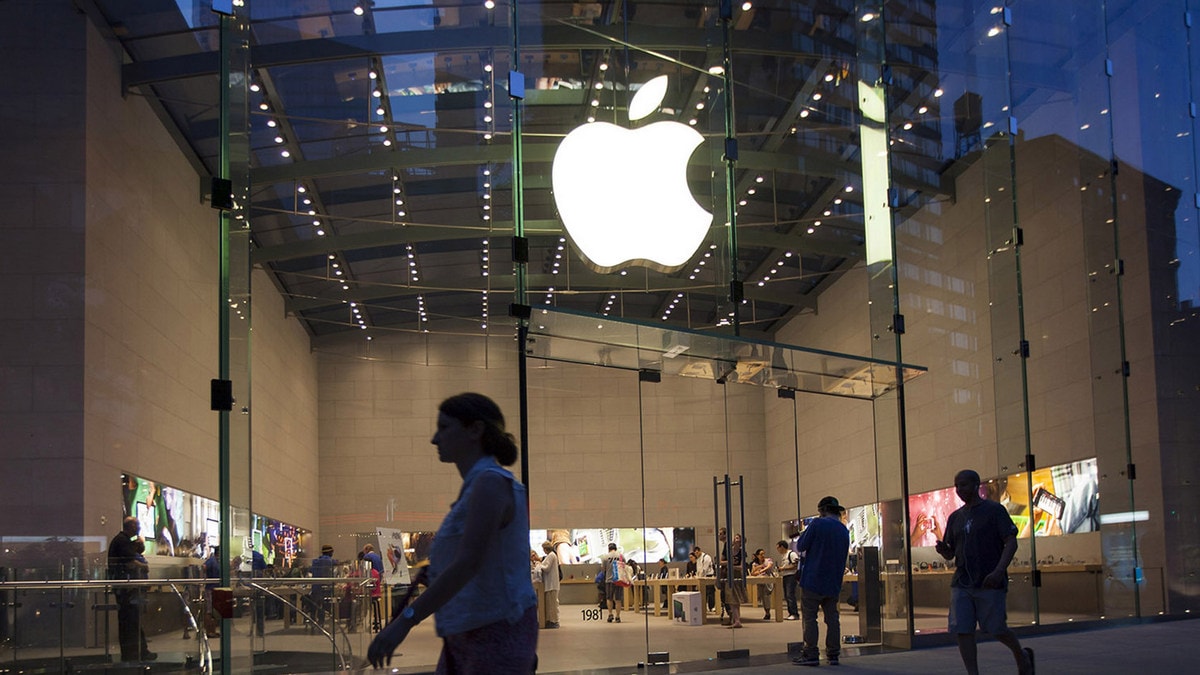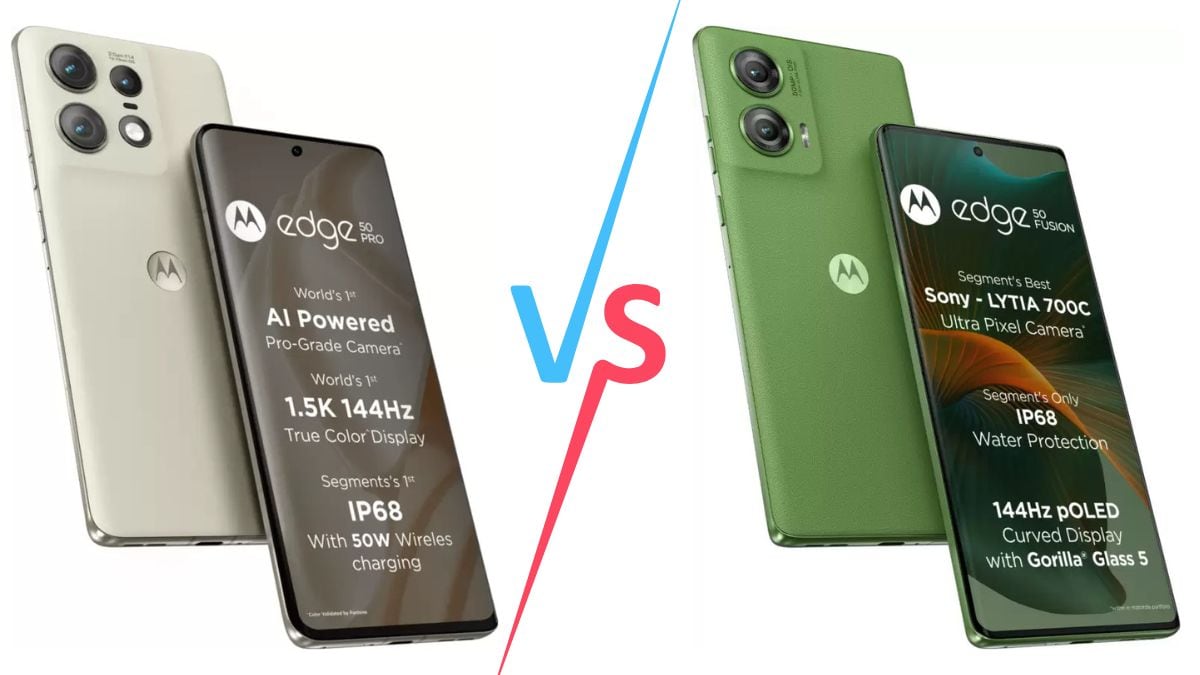Apple executives had a clear message for investors on Tuesday: Demand for iPhones has begun to recover from a bruising holiday period.
The Cupertino, California-based company reported iPhone sales of $31 billion (roughly Rs. 2,15,000 crores) in the fiscal second quarter, slightly better than analysts expected. Apple’s projection for revenue in the current period also topped Wall Street estimates, and could result in the first sales increase in three quarters.
Shares jumped 5.5% in pre-market trading in New York. Apple has rallied by 27% year to date, after dropping from a peak over the last quarter of 2018 as iPhone sales lagged.
Apple resorted to traditional tactics, such as discounts and generous trade-ins, to revive its iPhone prospects. That dents hardware profit margins, but creates a larger base of device owners to support an expanding roster of digital services.
“iPhone pricing had gotten greedy in 2018 and it makes sense to trim prices in 2019,” said Neil Mawston, executive director of the global wireless practice at Strategy Analytics. “Apple has the world’s most valuable user base of premium smartphones, tablets and smartwatches. It has potentially a billion people it can sell services to.”
During a conference call, Chief Executive Officer Tim Cook and Chief Financial Officer Luca Maestri explained how they stabilized iPhone demand, veering into the lexicon of used car salesmen on one occasion:
– The company pushed its iPhone trade-in program in several regions, and offered higher trade-in values for older handsets.
– The executives mentioned discounts, likely referring to price cuts at third-party retailers in China.
– Apple introduced new financing offers for iPhone purchases.
– China recently cut its value-added tax, effectively lowering the price of iPhones.
– Improved trade dialog between the US and China boosted consumer confidence.
Toward the end of last year, when it became clear that the latest iPhones weren’t selling as well as expected, the company launched an internal “fire drill” to encourage more people to upgrade.
The trade-in program led Apple to advertise lower iPhone prices on its homepage and on the windows of Apple Stores in many countries. Apple Retail technicians also suggested consumers buy new iPhones instead of fixing them. The strategy worked. Cook called the results of the program “striking” on Tuesday and said the company handled four times as many trade-ins in the March quarter than the same period a year ago.
Cook said Apple offered more than “the Blue Book” when people brought in older handsets to trade in. That refers to Kelley Blue Book, a publication that helps set the value of used cars.
Cook said customers are trading in various iPhone models, ranging from the iPhone 6 from 2014 to the iPhone 7 Plus from 2016, but not as many iPhone 8 units, which launched in 2017.
The CEO likened the trade-in offers to a subsidy, calling it a “way to offset the device cost itself.” There’s a “reasonable number of people” who want to trade-in devices and then combine it with Apple’s monthly financing programs, he added.
The company has seen positive customer response to price cuts in emerging markets, Maestri said.
Services revenue grew 16%, year-over-year, in the fiscal second quarter. That was slower than some previous periods. Analysts expect growth to re-accelerate as Apple launches new offerings. It recently introduced an online news service for $9.99 (roughly Rs. 700) a month. Other services coming this year include original video streaming and a mobile gaming subscription.
The executives noted the company has more than 390 million paid subscriptions, up 30 million from the previous quarter. If the company is going to continue to increase that number, it needs to keep expanding its device user base, and Cook seems to think he’s figured out how.
© 2019 Bloomberg LP



